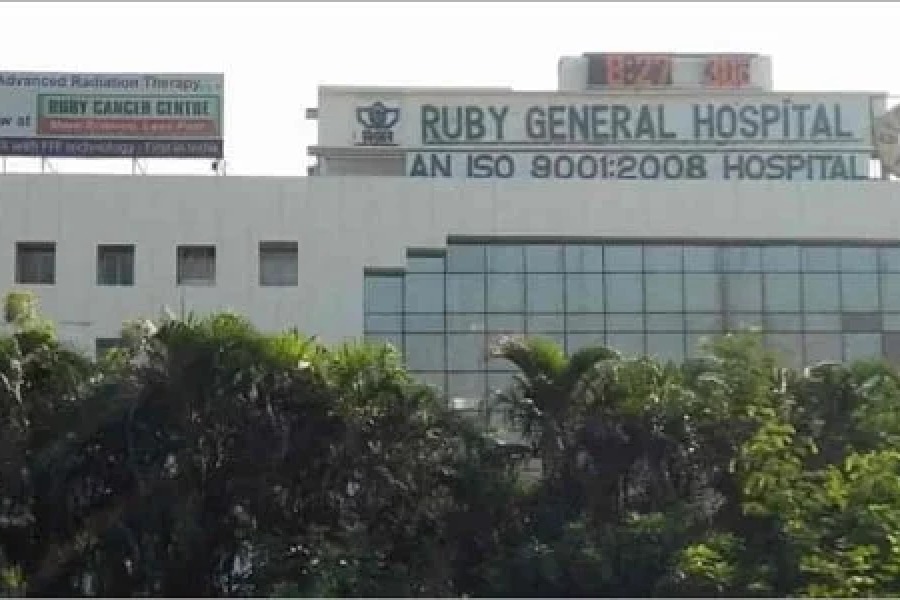Ruby General Hospital wants to remain a standalone hospital unit in a market increasingly taken over by healthcare chains from south India.
“Ruby General Hospital will continue to be a family-owned standalone hospital. I have been approached several times in last 30 years for selling it out but have not done so,” Kamal K. Datta, chairman and managing director of the hospital, said on Thursday while unveiling an expansion plan for the hospital along EM Bypass.
“In the US, most of the big hospitals are standalone units and are surviving well. We are also doing well and don’t want to become part of a franchise,” said Datta.
Recently, Manipal Hospitals, the Bangalore-based private healthcare group, acquired majority stakes in AMRI Hospitals, formerly owned by Emami. Manipal has also taken over Medica Synergie, of which Medica Superspeciality Hospital off EM Bypass is the flagship hospital.
“There is competition (from chain hospitals). But standalone hospitals in Calcutta can survive if they provide good and affordable healthcare. It is important to have infrastructure and a team of good doctors,” said Datta.
He said unlike some other standalone hospital groups, he did not want to expand in other parts of the city or Bengal by building more greenfield hospitals.
Pradip Tondon, CEO of Belle Vue, said a section of senior doctors in Calcutta still prefer to work in standalone hospitals.
“These doctors don’t want to work as full-time employees for any hospital, but as consultants which gives them more freedom. So, getting good doctors is still not a problem for standalone hospitals in Calcutta,” said Tondon. Belle Vue is also undergoing expansions and is setting up new hospitals in New Town.
Rupak Barua, CEO and MD of Woodlands Multispeciality Hospital and president of the Association of Hospitals of Eastern India, said the difference between standalone hospitals and healthcare chains is better viability for the latter.
“Because of optimisations of cost and resources along with better negotiation powers, chain hospitals get better benefits. Otherwise, there is no way standalone hospitals cannot survive. Clinical output and operational excellence can be equivalent to chain hospitals. Standalone units are also easier to manage,” said Barua.
The COO of a hospital chain based in south India pointed out the benefits of a large healthcare group running several hospitals.
“More than one-fourth of the cost of running hospitals is that of medicines, implants, reagents for testing and other consumables. There is a huge scope for reduction of cost by up to 5 per cent if there is a collective purchase. Secondly, manpower can work on shared services wherever it is possible. Bigger group means more security for doctors,” he said.
“In a chain hospital if a few are not doing well there is scope for cross subsidisations till stability is achieved. Higher turnover and net worth also help in creating higher borrowing power for any future investments,” the COO pointed out.
Datta also announced expansion plans for Ruby that include vertical extension.
A 17-storey building, along with a basement, is coming up on the hospital premises.
Construction of eight floors in the Annex Building is already complete and will become operational this year, said Datta. Construction of the rest of the floors would start soon and the building would have an additional 200 beds.
Once the building is complete, Ruby would have more than 700 beds, he said. The total project cost is ₹80 crore.
Once the eight floors become operational this year, the hospital will cover an area of two lakh square feet.
“We are installing all safety measures. Two floors of the building will also have accommodations for relatives of patients who are coming from outside Calcutta, particularly for cancer treatment and need long stay,” said Datta.
The hospital is also installing a new radiation machine, Linear Accelerator True-Beam Version 3.0.











